|
Antillean Crested Hummingbird Orthorhyncus cristatus Colibrí Crestado Antillano
|
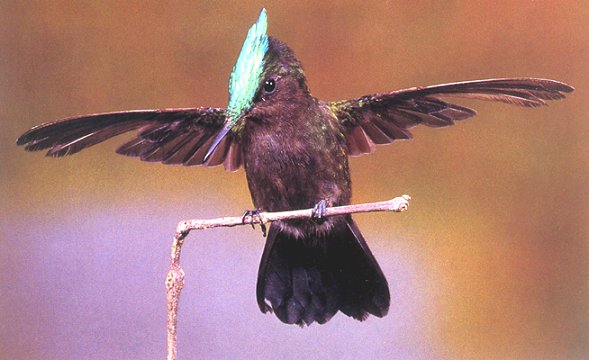 |
|
Photo: R. & E. Tyrrell*
|
|
Antillean Crested Hummingbird Orthorhyncus cristatus Colibrí Crestado Antillano
|
 |
|
Photo: R. & E. Tyrrell*
|
|
IDENTIFICATION:. The male and female have very different plumages in this small hummingbird species. The male is green above and dark below, with an iridescent green crest that it erects when agitated or displaying for the female. In contrast, the female lacks the crest, and is a dull, light gray on the undersides. The bill is straight and relatively short. Length: 8-10 cm.; weight: 2.0-4.3 g. VOICE: The call is described as a double note--- "pit-chew." HABITAT: Forest understory and gardens. HABITS: Feeds on insects (ants, beetles, small wasps), spiders, and some nectar. The female builds a nest of leaves, bark, ferns and spider webs, placed low in a tree. The male of this species, like many other hummingbirds, has an aerial courtship display. He flashes his bright green crest in front of the perched female, as he flies back and forth in a tight arc in front of her. Nesting can occur at any time of year. The female builds a nest of leaves, bark and ferns, held together with spider webs, and placed low in a tree. She lays two white eggs and does all the incubation for 15 days. The young fledge at about three weeks of age. STATUS AND CONSERVATION: The common small hummingbird of far eastern Puerto Rico. RANGE: Breeds from eastern Puerto Rico, Culebra, and Vieques, east to Grenada and Barbados. A regular place to find this species is in forest edges and roadsides at the Humacao Nature Reserve. TAXONOMY: TROCHILIDAE; Trochilinae. The male of the subspecies found from Puerto Rico to St. Lucia (Orthorhyncus cristatus exilis) has a green crest, while males of other subspecies farther south have a blue crest. |
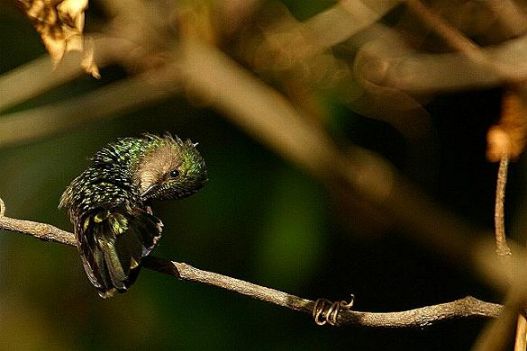 |
|
Female - Photo: A. Sánchez Muñoz
|
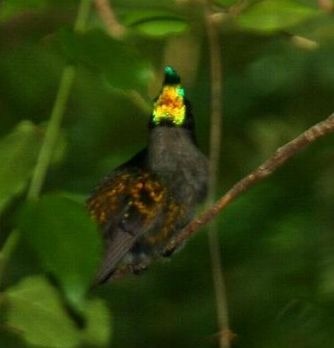 |
|
Photo: A. Sánchez Muñoz
|
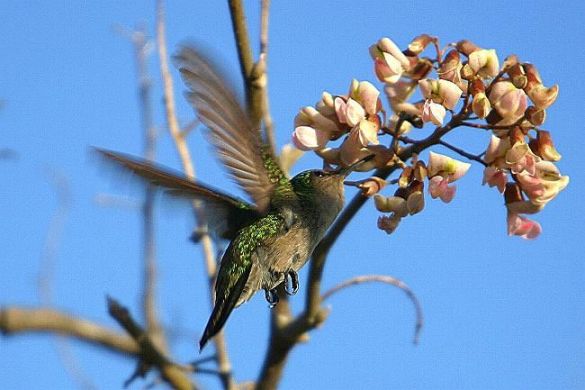 |
|
Female - Photo: A. Sánchez Muñoz
|
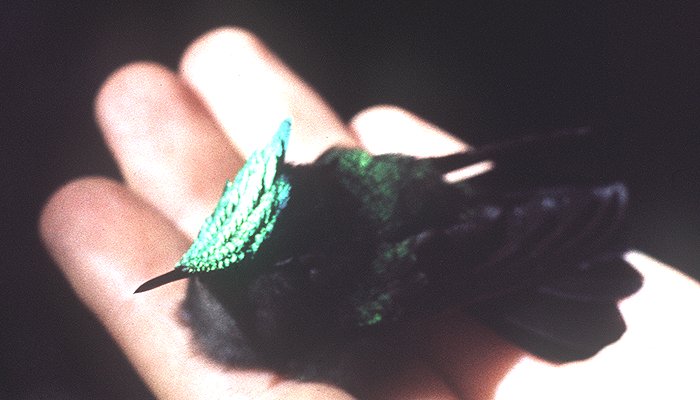 |
|
Photo: J. Faaborg*
|
 |
|
Female - Photo: A. Sánchez Muñoz
|
 |
|
|
Female - Photo: G. Beaton
|
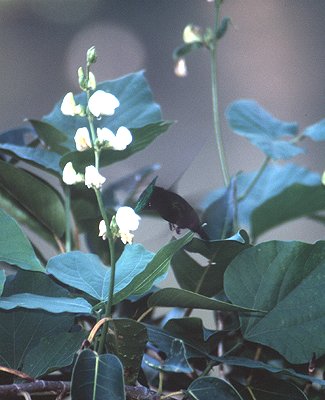 |
|
|
Photo: G. Beaton
|
|
References Chavez-Rámirez, F. and S. S. Tan. 1993. Habitat separation and arthropod resource use in three Lesser Antillean hummingbirds. Condor 95:455-458. del Hoyo, J., A. Elliott, and J. Sargatal, eds. 1999. Handbook of the Birds of the World, Vol. 5. Barn Owls to Hummingbirds. Lynx Edicions, Barcelona. Gerwin, J. A., and R. M. Zink. 1998. Phylogenetic patterns in the Trochilidae. Auk 115: 05-118. Kodric-Brown, A., J.H. Brown, G.S. Byers, and D.F. Gori. 1984. Organization of a tropical island community of hummingbirds and flowers. Ecology 65:1358-1368. Raffaele, H.A. 1989. A guide to the birds of Puerto Rico and the Virgin Islands. Princeton. Raffaele, H.A. 1989. Una guía a las aves de Puerto Rico y las Islas Vírgenes. Publishing Resources, Inc., Santurce, PR. Raffaele, H.A., J.W. Wiley, O.H. Garrido, A.R. Keith, and J.I. Raffaele. 1998. Guide to the birds of the West Indies. Princeton. Schuchman, K.-L. 1979. Notes on the song, territorial behavior, and display of the Antillean Crested Hummingbird, Orthorhyncus cristatus exilis, of St. Lucia, W.I. Bull. Brit. Orn. Club 99(1):30-32. Tyrrell, E. Q. and R. A.Tyrrell. 1990. Hummingbirds of the Caribbean. Crown Publishers, NY. Antillean Crested Hummingbird, Spanish text Next related species in taxonomic order Previous related species in taxonomic order |